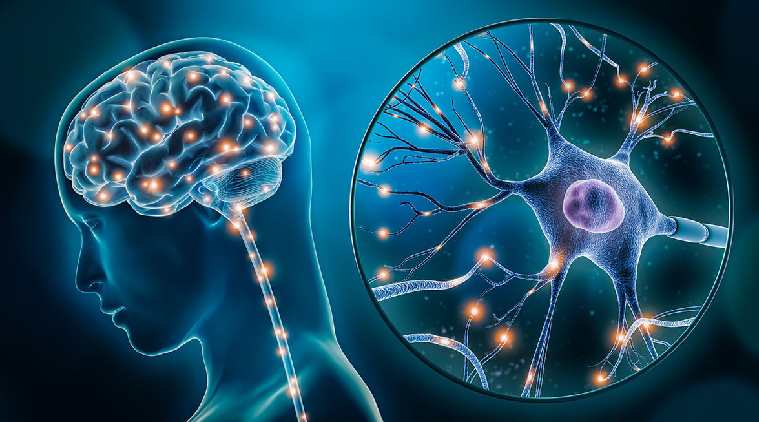Thu, 22 May 2025 04:30:46pm
Related Tags: Unique brain patterns blind, Fingerprints brain connectivity, Visual cortex blind individuals, Neuroscience blind study, Brain plasticity sensory deprivation
New Study Unveils Fingerprints in the Brains of People Born Blind
New Study Unveils 'Fingerprints' in the Brains of People Born Blind
In a fascinating discovery, researchers have found that the brains of people born blind develop unique connectivity patterns in the primary visual cortex, likened to "individual fingerprints." These patterns are distinct and stable over time, enabling the identification of individuals based on their brain connectivity alone.
Unlocking the Secrets of the Blind Brain: The study, conducted by a team of neuroscientists led by Assistant Professor Ella Striem-Amit at Georgetown University, reveals that the primary visual cortex, a brain region responsible for processing visual information, exhibits unique patterns in individuals born blind. Unlike people with sight, whose visual cortices display fairly consistent connectivity, the blind show remarkable variability.
Unique Brain Patterns: "The connectivity pattern in people born blind is more different across people, like an individual fingerprint, and is stable over time," said Dr. Striem-Amit. This means that each person’s brain connectivity can serve as a unique identifier, much like fingerprints.

Implications for Neuroscience: This discovery challenges previous notions about brain plasticity and adaptation. It suggests that the brain's ability to reorganize and adapt to sensory deprivation is far more individualized than previously thought.
Why This Matters:
- Understanding Brain Plasticity: The findings provide new insights into how the brain compensates for the lack of visual input, enhancing our understanding of neural plasticity.
- Personalized Medicine: The unique brain patterns could pave the way for personalized approaches in treating and supporting individuals born blind.
- Advancing Neuroscience: This study opens new avenues for research into how sensory experiences shape brain development and function.
Key Points:
Unique Connectivity Patterns: The brains of people born blind develop unique, stable connectivity patterns in the primary visual cortex, akin to individual fingerprints.
Identification Through Brain Patterns: These unique patterns are so distinct that individuals can be identified based on their brain connectivity alone.
Implications for Neuroscience: The findings enhance our understanding of brain plasticity and could lead to personalized medical approaches for the blind.
Challenging Previous Assumptions: The study challenges existing notions about the brain's ability to adapt to sensory deprivation, highlighting the individuality of neural responses.
Future Research Directions: The discovery opens new pathways for studying how sensory experiences shape brain development and could inform treatments for sensory impairments.



